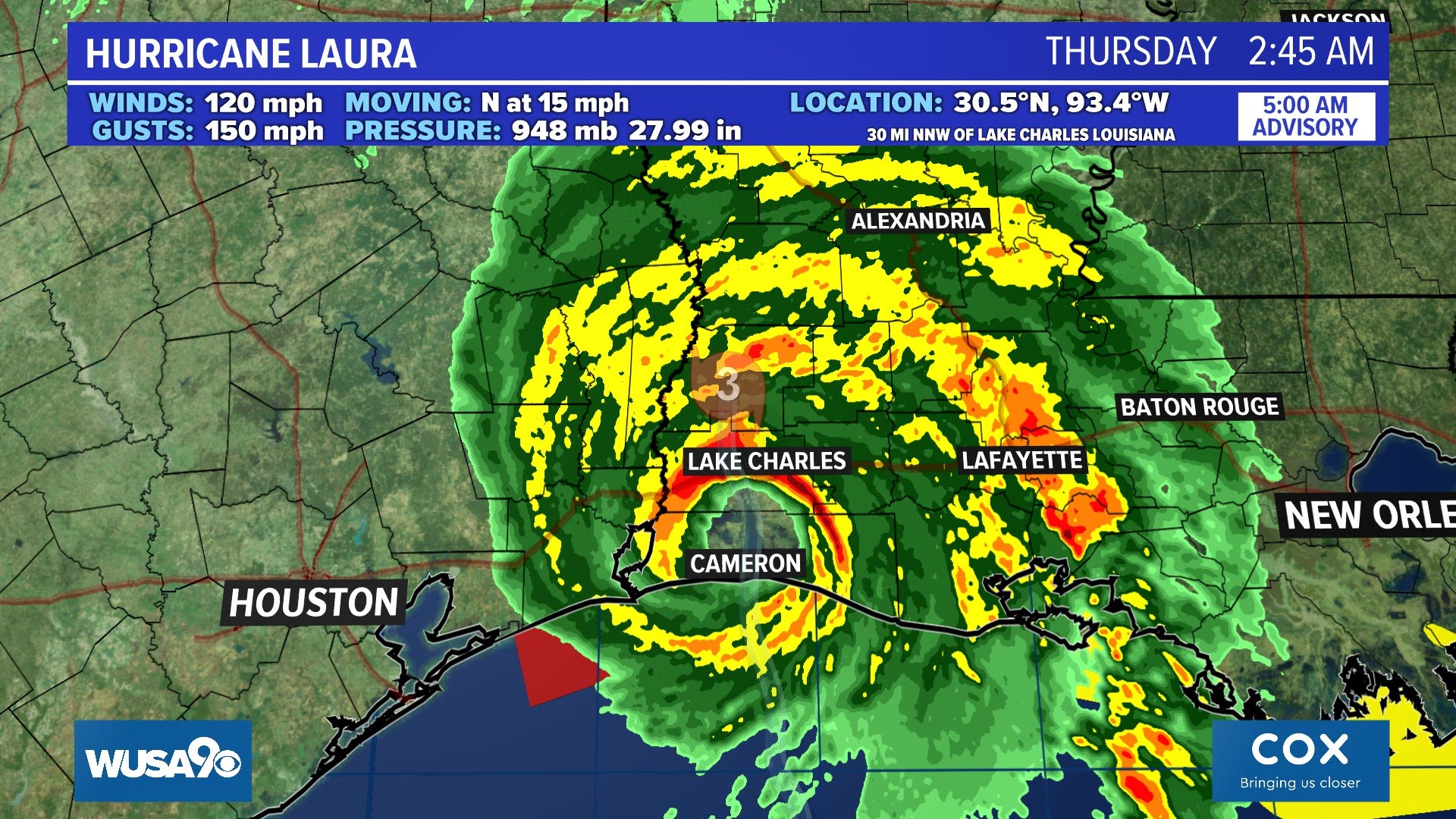Live Weather Radar
:strip_exif(true):strip_icc(true):no_upscale(true):quality(65)/d1vhqlrjc8h82r.cloudfront.net/06-10-2020/t_b3552dc01a5c4667821c4fb3d506e3fa_name_Screen_Shot_2020_06_10_at_2_45_01_PM.png)
Live weather radar is a valuable tool for meteorologists and the general public alike. It provides real-time data on precipitation, wind speed and direction, and other weather conditions. This information can be used to track storms, issue warnings, and help people make informed decisions about their safety and activities.
Witness the symphony of nature unfold before your eyes with live weather radar. From towering thunderheads to gentle showers, the dynamic tapestry of the sky is laid bare. Every pulse of lightning, every shift in wind direction, every breath of the atmosphere is captured in real-time, painting a mesmerizing portrait of the ever-changing weather landscape.
Types of Live Weather Radar
There are two main types of live weather radar: Doppler radar and reflectivity radar.
Live weather radar keeps us abreast of the ever-changing atmospheric tapestry. Whether you’re in Mt. Vernon, Indiana , or any corner of the globe, real-time weather data empowers us to make informed decisions and stay safe. With a few clicks, we can navigate the unpredictable dance of nature, preparing for the calm before the storm or the gentle caress of a passing shower.
- Doppler radar measures the speed and direction of precipitation particles. This information can be used to track the movement of storms and identify areas of rotation, which can indicate the presence of tornadoes or other severe weather.
- Reflectivity radar measures the amount of precipitation in the atmosphere. This information can be used to estimate the intensity of storms and identify areas of heavy rainfall or snowfall.
Limitations of Live Weather Radar
While live weather radar is a powerful tool, it does have some limitations. One limitation is that it can only detect precipitation that is in the atmosphere. This means that it cannot detect fog or other types of low-lying clouds.
Another limitation is that live weather radar can be affected by terrain. Mountains and other large obstacles can block the radar beam, creating blind spots. This can make it difficult to track storms in mountainous areas.
Applications of Live Weather Radar

Live weather radar is a valuable tool for a wide range of applications, including tracking severe weather events, aviation and maritime navigation, agriculture, and environmental monitoring.
Tracking Severe Weather Events
Live weather radar is essential for tracking the development and movement of severe weather events, such as tornadoes, hurricanes, and thunderstorms. By providing real-time data on the location, intensity, and direction of these storms, live weather radar helps meteorologists issue timely warnings and allows individuals and communities to take appropriate safety measures.
Aviation and Maritime Navigation
Live weather radar is also used in aviation and maritime navigation to provide pilots and ship captains with real-time information about weather conditions along their routes. This information helps them avoid hazardous weather, such as thunderstorms, hail, and fog, and ensures the safety of passengers and crew.
Agriculture and Environmental Monitoring
In agriculture, live weather radar is used to monitor crop conditions and predict the likelihood of frost, hail, and other weather events that can damage crops. It also helps farmers optimize irrigation schedules and make informed decisions about planting and harvesting.
In environmental monitoring, live weather radar is used to track the movement of pollutants and monitor air quality. It also helps scientists study the effects of climate change and develop strategies to mitigate its impacts.
Visualizing and Interpreting Live Weather Radar Data

Live weather radar data is presented visually using color schemes and symbols to convey information about precipitation intensity, storm movement, and other weather patterns. These displays provide valuable insights into current and upcoming weather conditions.
Color Schemes and Symbols
- Green: Light precipitation (e.g., drizzle, light rain)
- Yellow: Moderate precipitation (e.g., steady rain, light snow)
- Orange: Heavy precipitation (e.g., heavy rain, snow showers)
- Red: Intense precipitation (e.g., thunderstorms, hail)
- Purple: Severe weather (e.g., tornadoes, hurricanes)
- Blue: No precipitation
- Black: Areas blocked by terrain or structures
Interpreting Live Weather Radar Data
By observing the color patterns and symbols on live weather radar displays, you can interpret the following:
- Precipitation Intensity: The intensity of precipitation is indicated by the color of the radar echoes. Brighter colors (e.g., orange, red) represent heavier precipitation, while lighter colors (e.g., green, yellow) indicate lighter precipitation.
- Storm Movement: The direction and speed of storms can be determined by tracking the movement of radar echoes over time. Echoes that are moving towards your location indicate approaching precipitation, while echoes that are moving away indicate receding precipitation.
- Other Weather Patterns: Live weather radar can also detect other weather patterns such as hail, tornadoes, and wind shear. These patterns are typically represented by specific symbols or colors on the display.